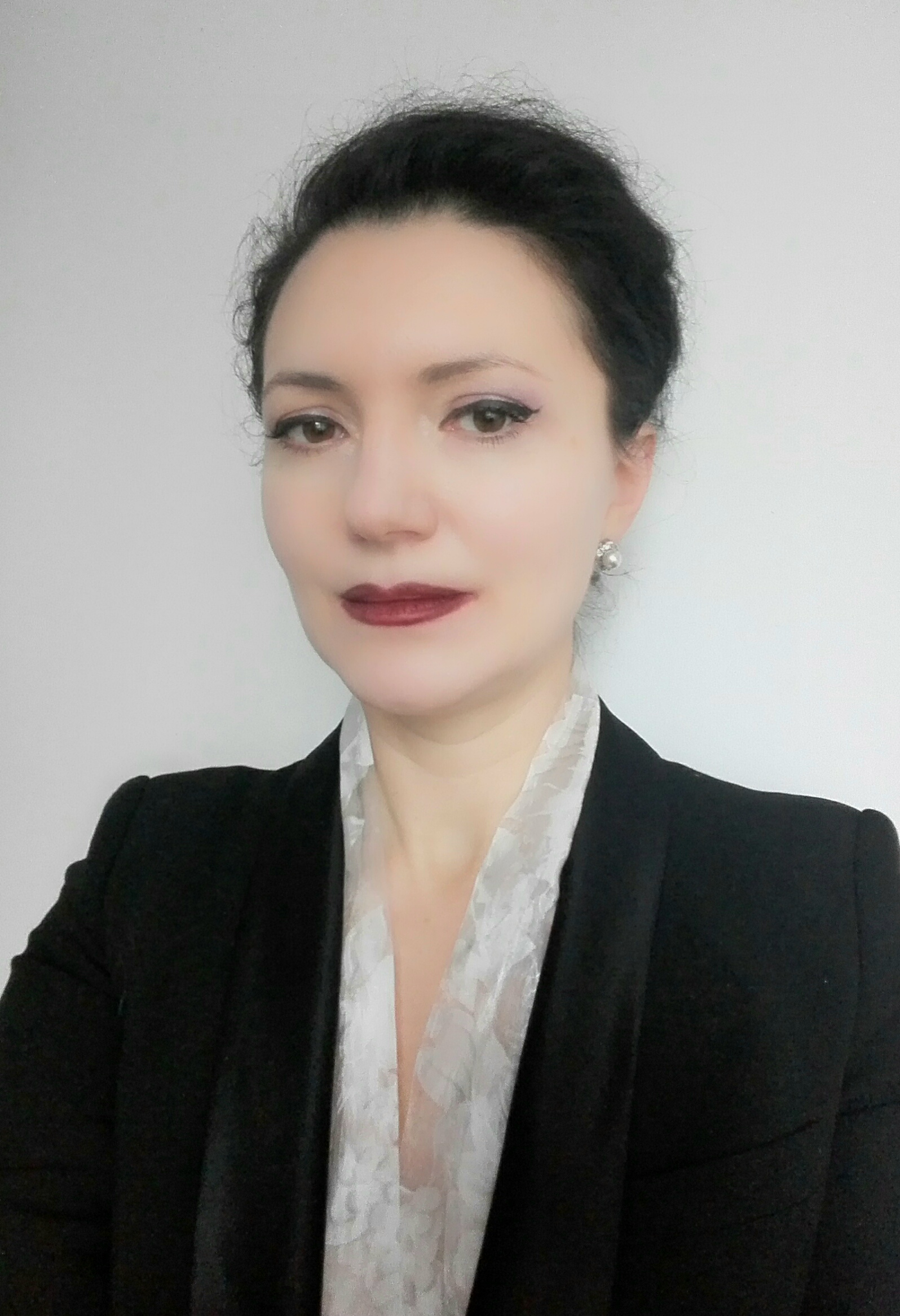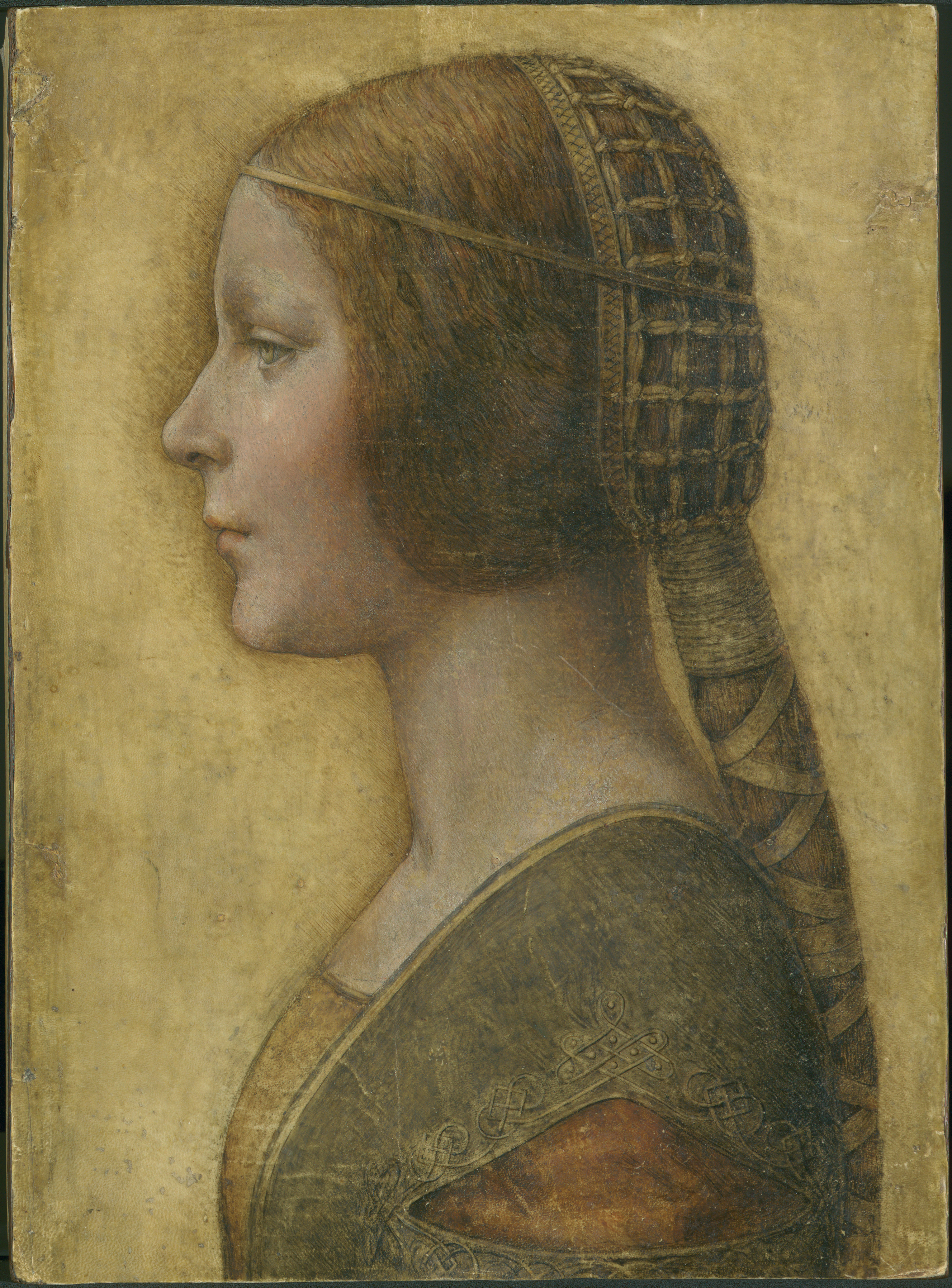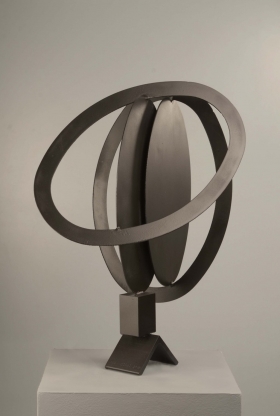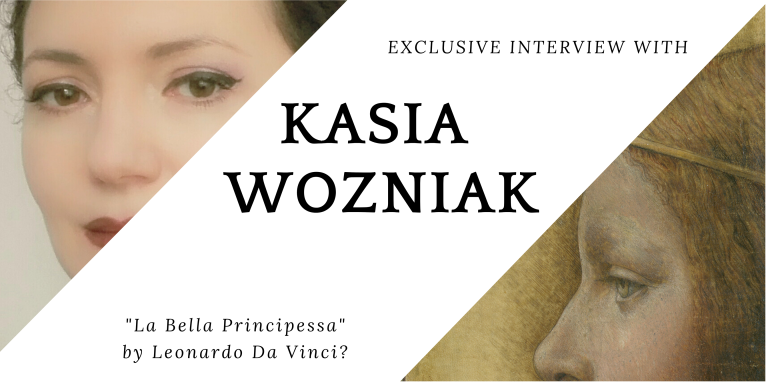The fascination surrounding the mysteries of art history led me to meet and interview the Polish art historian, Kasia Wozniak, to whom I am grateful for agreeing to satisfy my curiosity regarding La Bella Principessa, a work attributed to Leonardo da Vinci.
“I am an art historian and a very curious person,” she revealed at the outset. “I am a person who wishes to keep learning. There are still many questions surrounding this unique and extensive research, which have engaged me for over a decade, to which I would like to find further answers.”
Your studies have taken you far, from Poland to some of the world’s most prestigious cultural institutions, passing through Berlin. How did your research evolve along the way?
I come from a small medieval Polish town, Włocławek. Before studying Art History in Cracow and Berlin, I first studied Literature and Theatre History at the Jagiellonian University. Shortly afterwards, I moved to New York, where I was awarded two scholarships.
At that time, I had no idea that Leonardo’s masterpiece, Salvator Mundi, was undergoing restoration just around the corner from where I lived.
Leonardo’s name opens doors. It has been a great honour, but also an enormous responsibility.
What was the spark that led you to Art History and, more broadly, to adopt an interdisciplinary approach that embraces art, theatre, literature, and technology in your research?
From a very young age, I was profoundly convinced that layers of cultural history—and therefore of Polish identity—have been erased by the war and by communism, and I felt the need to rediscover them thoroughly. For this reason, I wanted to acquire as broad and traditional an education as possible.
For example, linguistics has always been a passion of mine, and I discovered that mastering several languages is absolutely crucial in the research on, both, La Bella Principessa and The Lady with the Ermine.

LA BELLA PRINCIPESSA – AN EXTRAORDINARY PATH OF RESEARCH
How did your investigation into Leonardo Da Vinci portrait La Bella Principessa begin?
I first met Professor Martin Kemp in Gdansk, where I had invited him to give a lecture. After the event, we had a pleasant conversation.
A few years later, unexpectedly, Professor emailed me asking, if I could go to the National Library in Warsaw to examine La Sforziada (a work printed in 1490 in Milan, commissioned by Ludovico il Moro and dedicated to celebrating the Sforza family). Professor Edward D.R. Wright had suggested that the profile portrait of a young woman might actually have originated from this very volume, as it was dedicated to her.
Following this intriguing initial analysis of mine, we travelled together to Warsaw. By “we”, I mean Professor Martin Kemp, Dr. Pascal Cotte, and myself, accompanied by the National Geographic film crew. When La Sforziada was confirmed as the source of the portrait—only a single page had been cut out—I presented a detailed research plan and returned to Poland, travelling between Cracow, Warsaw, and Zamosc, the “ideal city.”
What makes this portrait so important within Leonardo da Vinci’s oeuvre?
This delicate and authentic portrait, rather official and formal in nature, may not at first appear particularly significant within the vast legacy of Leonardo. Yet, its uniqueness, and the fact that only a handful of female portraits has been painted by the Master—all of which have become cultural icons—casts new light on its survival.
From nowhere, after 500 years, and not in the Western Europe, another one emerges… And—what is even more profound—two of them may once have belonged to the same collection: Cecilia Gallerani’s and Bianca Sforza’s, described in 1809 as (quotation): “Women by Leonardo.”
In your view, what are the strongest technical and historical elements that support the attribution of this work to Leonardo?
More evidence has been presented for this portrait than for any other female portrait by the Master, but its entire history was missing.
Paradoxically, this serious absence may itself be considered one of the proofs. For almost 500 years it has never been seen in the Western Europe, and when it finally resurfaced, it was not recognised as the work by the Master.
The missing frame, of which I was the first to publish a photograph of, is further evidence: a specially crafted, made-to-measure frame.
The overall subtlety of the drawing highlights Leonardo’s elusive technique, his avoidance of immediacy. The formal complexity of the work provides further confirmation.
What are the main objections or reservations you have encountered in the academic and museum world regarding this attribution?
There is a considerable interest in La Principessa within the museum and art worlds, but it is not openly expressed. I have encountered a certain reserve, yes—but not in a negative sense, rather a distant one.
In my opinion, if one or two further pieces of evidence were provided, however minimal, the attribution to Leonardo would ultimately prevail. One of these would prove that the portrait existed prior to the 19th century.
Moreover, since the work is in a private collection, curators do not express their opinions directly. They adhere to official and diplomatic procedures.

Today you work closely with Professor Martin Kemp. How did this collaboration begin, and what has it contributed to your research?
Professor Martin Kemp wrote to me asking me to go to Warsaw and investigate La Sforziada, which I did. Shortly after this successful preliminary analysis, we visited Warsaw together with Dr. Pascal Cotte, accompanied by the television producer David Murdock and the National Geographic team.
When La Sforziada was confirmed as the source of the portrait, I was asked to study its history in order to determine who, when, under what circumstances, and for what purpose, had cut that single page out.
What do you hope to discover at the conclusion of your exploratory journey with La Bella Principessa? What message would you like this research to leave?
First and foremost, it is about this young girl and her return to life—an existence which was tragically terminated early on, when she was only 13.
Furthermore, the fact that this research has led me to consider that there may have been two works by Leonardo da Vinci in Poland—two female portraits, potentially within the same art collection. This discovery went far beyond anything I had ever imagine
There is also the Half-Figure of Our Lord by Leonardo da Vinci which I found mentioned in an 18th-century catalogue, and on which I continue to conduct research.
I would like to thank Kasia Wozniak for unveiling her research into the true story of La Bella Principessa, attributed to Leonardo da Vinci. Thanks to the confirmed connection with the epic poem La Sforziada, we are offered the opportunity to get closer to the secrets of a masterpiece still shrouded in mystery.
As we await the chance to meet the scholar in Italy, we also look forward to the emergence of further details regarding this fascinating historical art story.
Alberto Moioli

